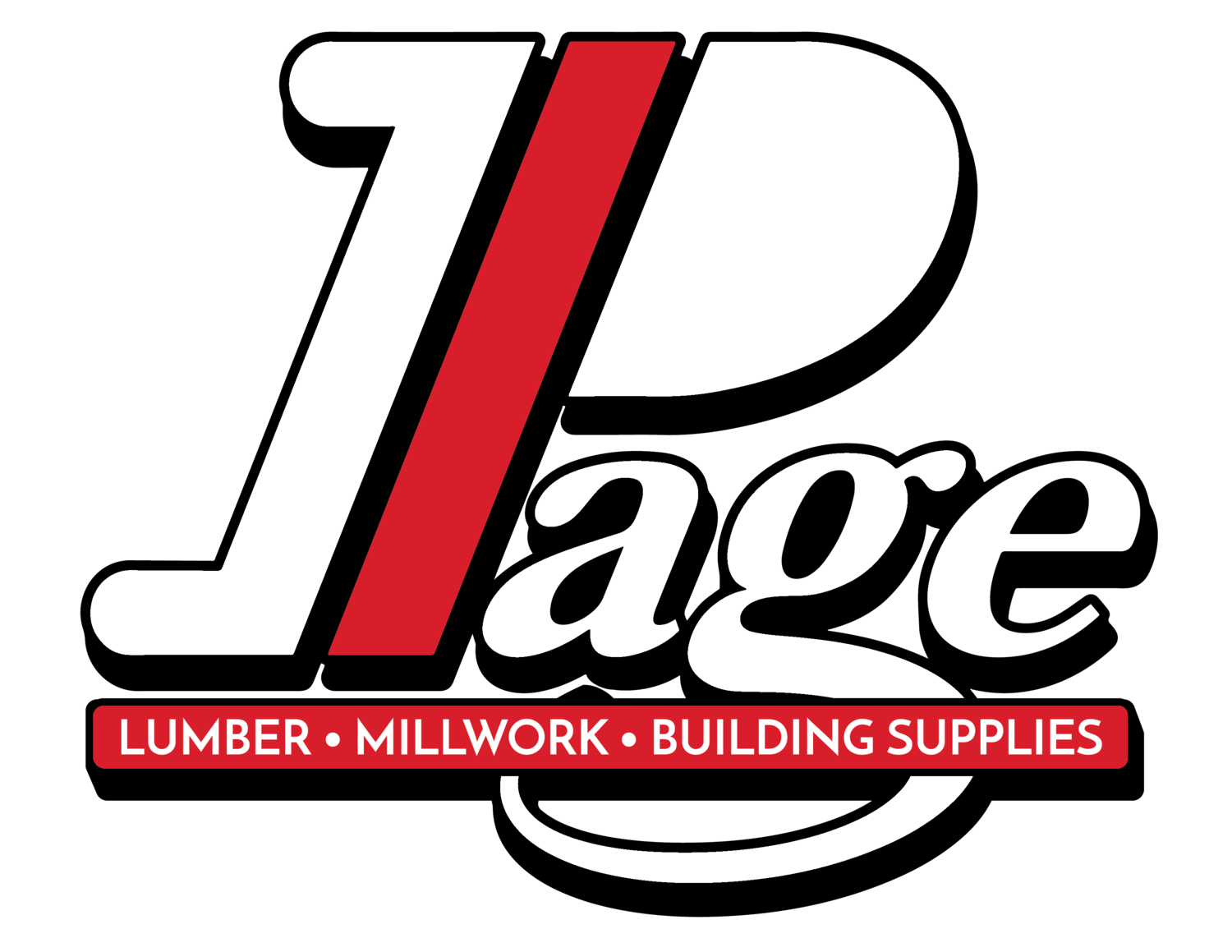Room Soundproofing
Using Acoustic Insulation to Soundproof a Room
This article, the third in our deep-dive series on acoustics, focuses on optimizing the Indoor Environmental Quality (IEQ) on your next project through sound isolation or sound blocking. We explain the difference between blocking and absorption and address the function that blocking plays in ensuring indoor speech privacy.
You will learn about sound transmission class (STC) and how it is calculated and used in acoustic room design and building acoustics planning. We’ll also cover how sound blocking is applied in different types of buildings to meet specific acoustics goals.
Most importantly, we include specific direction on how to use different construction assemblies and materials hand in hand to manage interior noise and ultimately contribute to a healthy and productive experience for building occupants.
What is acoustic insulation?
Acoustic insulation is one aspect of soundproofing your space; it is typically a component of a floor or wall assembly designed to ensure sound comfort for occupants. Managing the acoustics of a built environment, by its most simple definition, is done by either blocking or absorbing sound (one example being a sound barrier wall with acoustic insulation inside).
Most acoustic home and building design plans include a combination of both to reduce the transmission of unwanted direct sound from the source. When it comes to blocking interior sound (we will also refer to this interchangeably as “sound isolation”), the materials selected to support the acoustics objectives matter as much as the design of the space itself.
What is sound isolation?
While “blocking” is the more commonly used term, sound isolation is the ability to block sound transmission from one room or area to another (between the source and the receiver). This may also be needed in instances where the room is upstairs or right next door.
Blocking (sound isolation) occurs when sound bounces off of hard, reflective materials in a space, whether on the ceiling, walls or partitions, windows, or the floor.
Absorption, conversely, is what happens when a material has the ability to absorb and dampen the sound. Softer materials, such as carpets, fabric panels or perforated ceiling tiles, are most often used for this purpose.
The design approach to be considered for sound isolation is separating (or decoupling) assembly materials to stop the transfer of sound energy. This soundproofing technique is often used in “floating” walls or floors but doesn’t have to be done by constructing a massive concrete slab or wall.
There are several types of sound isolation including room-to-room, one-way sound, vertical airborne sound, and impact sound.

